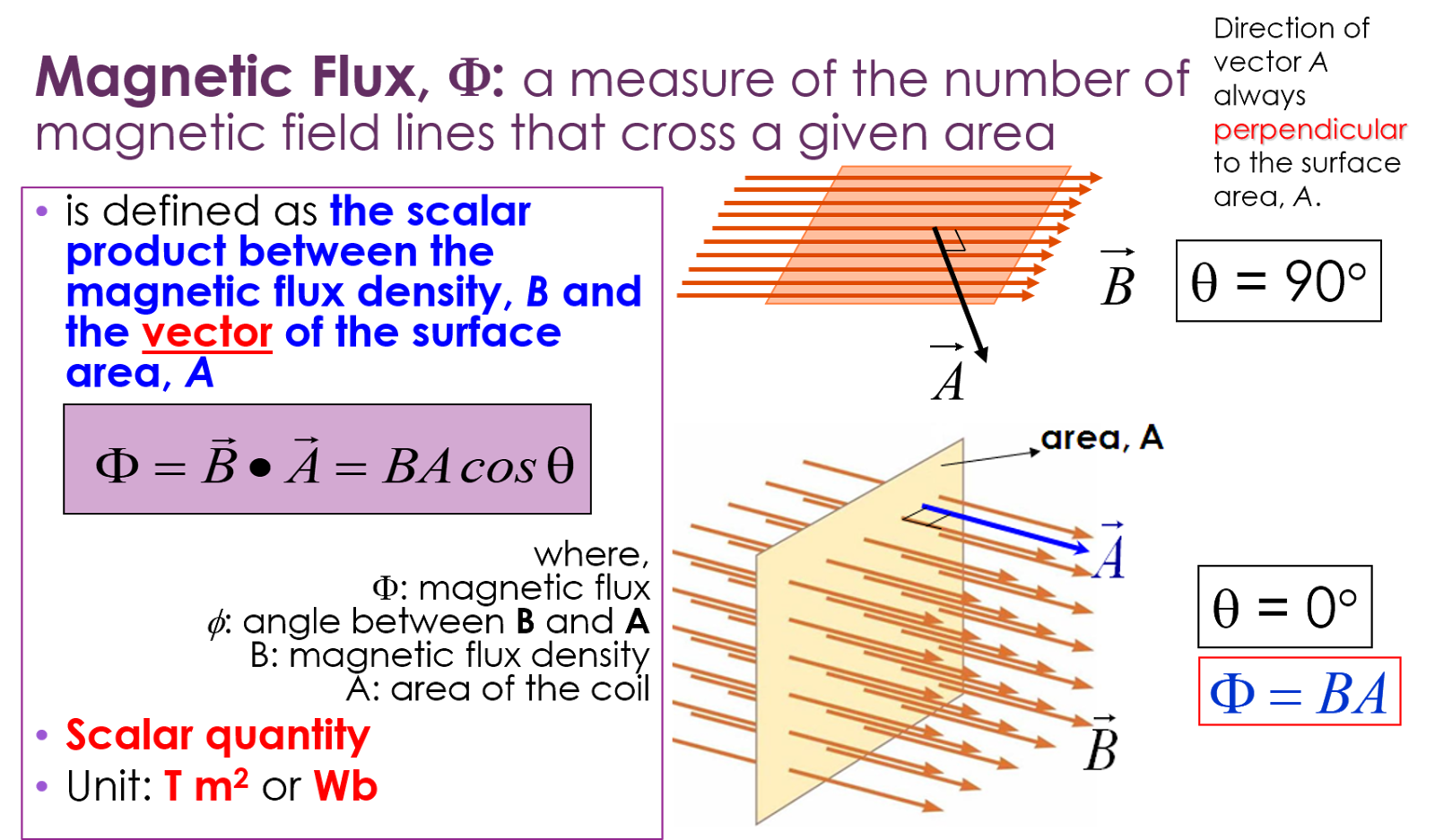

The equation for this might look complicated, but if we only look at the case of a uniform magnetic field and a fixed area, it becomes simpler. This law shows us how the energy needed to create an electric potential difference between two points (called the electromotive force or EMF) is related to how quickly the magnetic flux is changing. It's named after Michael Faraday, who discovered it through experiments. The angle between the field and the surface is what determines Faraday's lawįaraday's law is a rule that connects the electric field with magnetic flux. But for now, we'll stick to flat surfaces and uniform magnetic fields. When the magnetic field isn't the same everywhere and the surface isn't flat, things get more complicated and we have to use integrals and other math stuff. To calculate it, we use a formula with a dot and a vector, which might sound confusing but basically just means we're multiplying two things together. It talks about something called "magnetic flux," which is basically how much of the magnetic field crosses a surface. Instead of looking at the whole field, we can just focus on how it affects a certain surface. Magnetic field is a fancy way of describing how magnets work in space. Magnetic flux and magnetic flux linkage are two important concepts to understand in this area of study. This is different from the forces we learn about in basic physics, which only act on certain objects. When it comes to electric and magnetic fields, we use something called "flux" to measure how much field is crossing a surface. Did you know fields are all around us? Yep, they exist in space and can be pretty useful to study.


 0 kommentar(er)
0 kommentar(er)
